Doctor Who stories can be tough to write at the best of times, and the 1984 adventure ‘Planet of Fire’ presented its writer Peter Grimwade with one of the greatest challenges ever. Did he manage to pull it off?
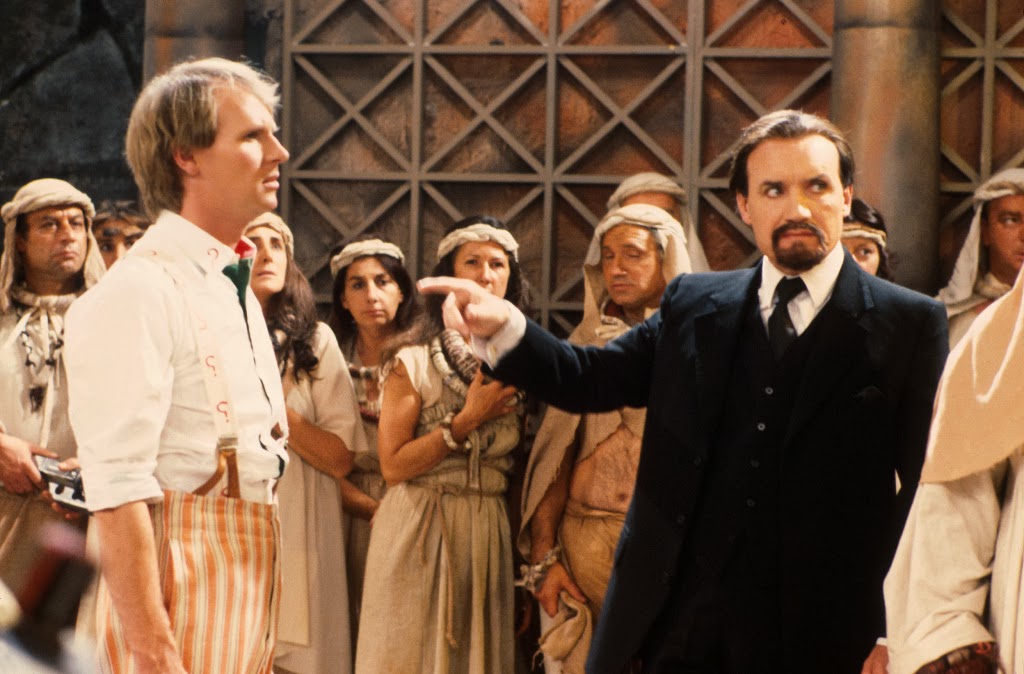
‘Planet of Fire’ was one of the last Doctor Who stories to feature the Fifth Doctor Peter Davison. The show was about to transition into a new era, and a number of lingering plot threads had to be resolved, and characters written out. ‘Planet of Fire’ also needed to introduce a brand new companion, bring back an old villain, accommodate Lanzarote as a filming location, and tell a compelling enough story in its own right.
Few Doctor Who stories have such an extensive list of requirements, and ‘Planet of Fire’ was in very real danger of just becoming a series of incoherent explanations. The first challenge presenting Peter Grimwade was the character (and Doctor Who companion) Kamelion. This shape-shifting robot was introduced in 1983’s ‘The King’s Demons’ but, due to various technical issues, he had been hiding in the TARDIS corridors ever since, never to be seen again (save for a deleted scene in the two part story ‘The Awakening.’) The production team simply couldn’t use him; they had employed a literal robot, after all. He had to go.
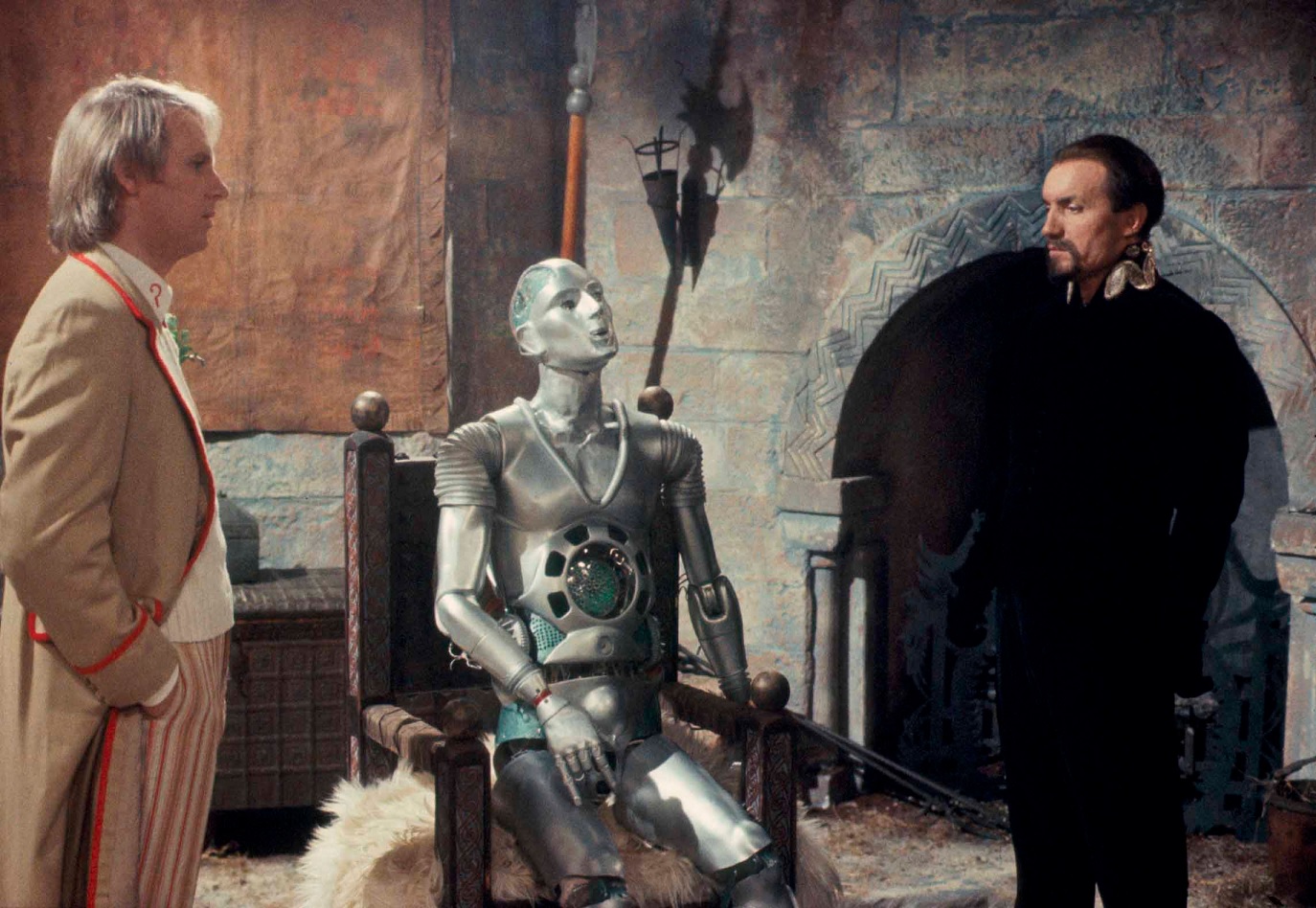
(C) BBC
Peter Grimwade also had to find a way to write out the other Doctor Who companion Vislor Turlough, played by Mark Strickson. Now, some Doctor Who stories have disposed of their companions in rather a hurried, seemingly unplanned fashion, so there was some precedent for Grimwade to simply dispose of Turlough in a 30 second scene at the story’s conclusion.
But there were still many mysteries surrounding Turlough and his origins that had never been explained. Viewers knew that he was an alien, and that he had been living in exile at a boys’ boarding school in the 20th century when the Doctor first met him. But nobody knew where he came from, or what he had done wrong.
This wasn’t necessarily a bad thing. Few Doctor Who stories prior to ‘Planet of Fire’ had built such interesting, elaborate backstories for their companions, but with Turlough’s departure imminent, some explanations were needed. Plus, Peter Grimwade had to write Turlough out in a way that made sense, and complemented the story.
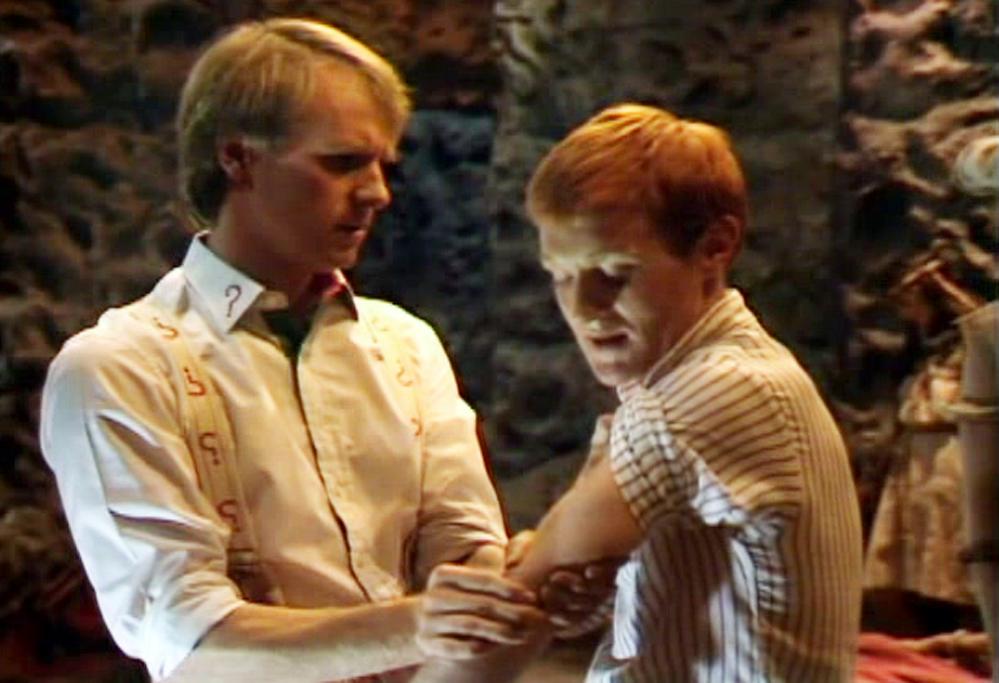
(C) BBC
And then there was Peri. This was the new Doctor Who companion played by Nicola Bryant who would accompany the incoming Doctor Colin Baker in two stories’ time. And the producer John Nathan-Turner specifically wanted an American character, which presented Peter Grimwade with another restriction. 20th century Earth had to play a part in ‘Planet of Fire,’ somehow; he needed to find a way for an American human to cross paths with the Doctor, and find a rationale for her to join the Time Lord on his travels.
And then there was the baddie. All Doctor Who stories need their villains, and Peter Grimwade was charged with incorporating the Master into his plans. The Time Lord’s arch enemy was last seen in 1983’s ‘The Five Doctors’ and John Nathan-Turner was keen for him to return.
On the plus side, there was some logic to including the Master in ‘Planet of Fire.’ After all, the Master had been the main antagonist in one of the earlier Doctor Who stories (the aforementioned ‘The King’s Demons’) and indeed the Master had been the one who introduced the Doctor to Kamelion in the first place. These two characters already had a connection; the Master knew of Kamelion’s shape-shifting powers and had previously used them for his own evil ends. And he was about to do so again.
This plot point certainly helped matters, but the problem with all Doctor Who stories which feature the Master is that the writer has to somehow find a way for the Doctor to defeat him without permanently killing him off.
That being said, there had already been a few Doctor Who stories where the Master had been seemingly been killed off, only to magically reappear a few episodes later with little explanation. (For example, viewers still didn’t know how he managed to escape Castrovalva in the Fifth Doctor’s opening story.)
Perhaps this is why Grimwade seemed to pay little mind to the Master’s defeat. He gave the character a grizzly departure in ‘Planet of Fire,’ having him seemingly consumed by numismaton gas as he uttered the cryptic words: “Won’t you show mercy to your own…” He never finished his sentence, but Grimwade was hinting at the fact that the Master was the Doctor’s brother, at the request of John Nathan-Turner.
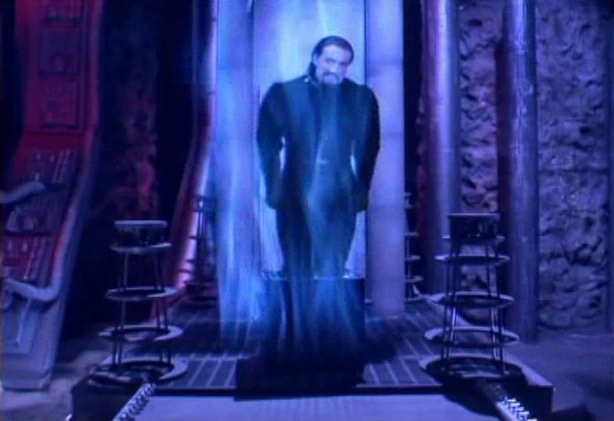
Finally, Peter Grimwade was asked to somehow use Lanzarote as the primary (or perhaps sole) filming location for ‘Planet of Fire.’ In order to do this, Grimwade opted to have the TARDIS literally land in present day Lanzarote, where the Doctor and Turlough would cross paths with American tourist Peri Brown who was on something of an archaeological vacation with her stepfather Howard.
At the same time, Grimwade utilised Lanzarote’s volcanic terrain to represent the alien planet of Sarn, killing two birds with one stone. This was an efficient and economic writing choice, allowing him to introduce a 20th century American companion whilst also taking the Doctor to a far-flung alien world, which would prove necessary for the writing-out of Turlough. Plus, it was such a striking visual, and a refreshing difference from the chalk pits that formed the backdrop of many Doctor Who stories.
This, then, is how Peter Grimwade managed to weave these disparate requirements together. Spoilers ahead…
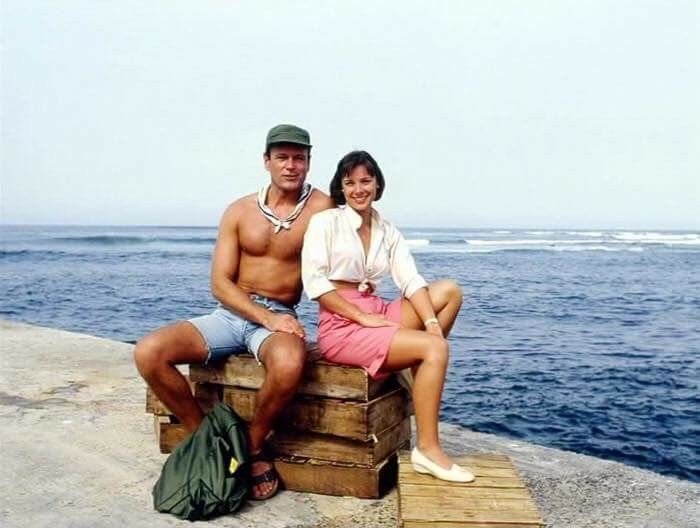
The TARDIS lands in Lanzarote where the Fifth Doctor and Turlough encounter Peri. Kamelion, meanwhile, gets remotely taken over by the Master, who pilots the TARDIS to the fiery world of Sarn. He has been badly injured in one of his own evil experiments, and needs Turlough‘s help.
But upon reaching Sarn, Turlough finds spaceship wreckage which comes from his home world of Trion. He discovers that the people of Sarn originate on his home planet, and that one of the other characters (Malkon) is in fact his brother. They need rescuing, and Turlough knows that if he summons a Trion ship to come and get them, they will quickly discover that he has escaped from his exile on Earth. But he does so anyway, and is given an amnesty by his own people.
At the same time, the Master succeeds in healing himself, but Kamelion is ‘fatally wounded’ in defeating him, and both Kamelion and the Master are apparently destroyed. Peri, keen to extend her vacation, opts to join the Fifth Doctor on his travels, whilst Turlough returns to Trion with his brother.
Phew! Not many Doctor Who stories have had such a long list of hoops to jump through, and the fact that ‘Planet of Fire’ manages to spin an enjoyable and coherent yarn truly is a testament to the skill of its writer Peter Grimwade. It may not be listed as one of the all-time classic Doctor Who stories, but it deserves to be recognised for resolving such a complicated list of plot points so elegantly.
What do you think of ‘Planet of Fire’? And can you think of any other Doctor Who stories with such a long list of requirements? Let me know in the comments below.








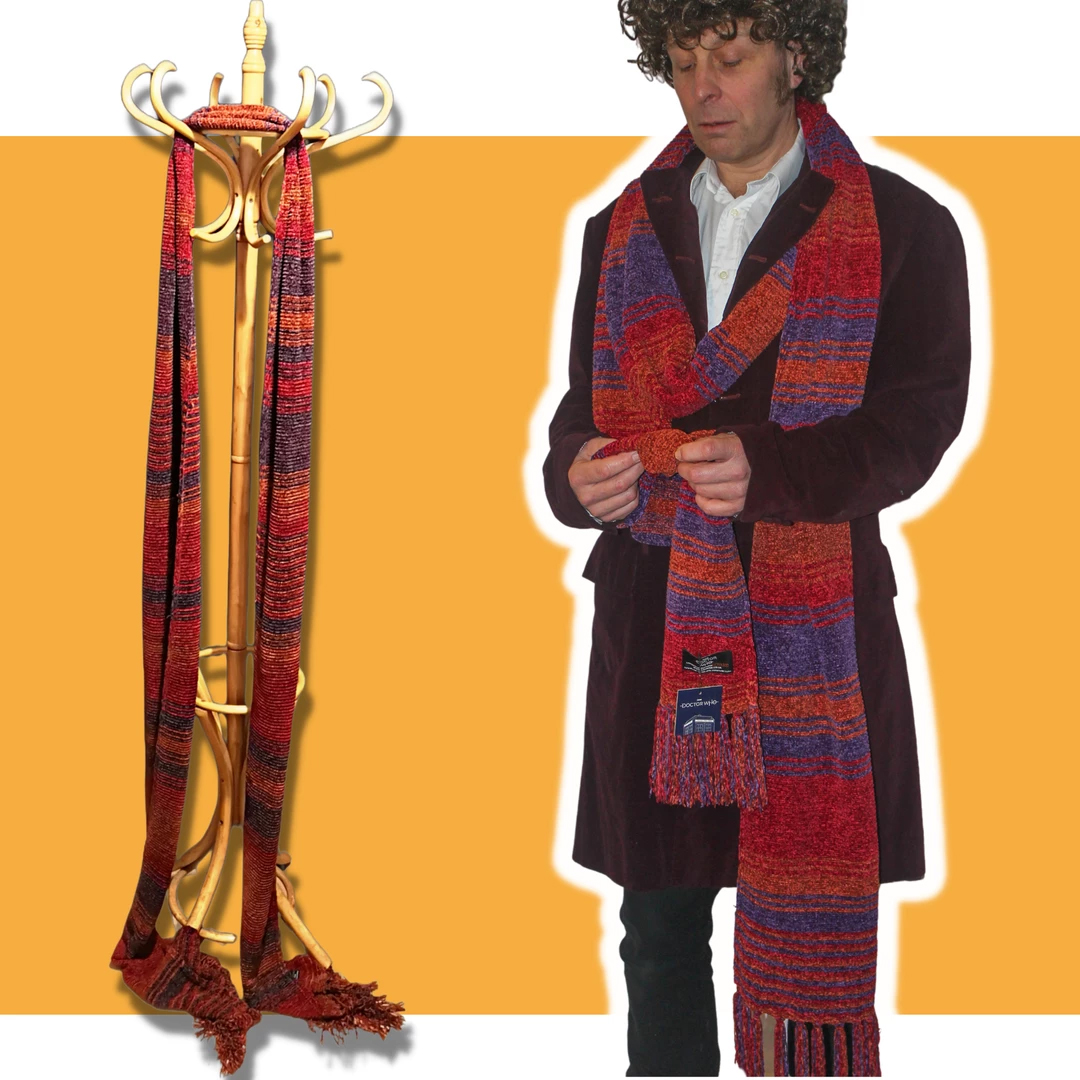
Watching it at the time I failed to realise just how pivotal the story was. Reading the novel and further rewatches saw me realise the extent of all the requirements placed upon the script and appreciate the sheer quality of the writing. The whole Trion, and Turlough’s ‘redemption’, storyline gave Turlough closure from his initial murderous contract with the Black Guardian and his subsequent journey to his return home in such a well crafted way considering it was only in this story we truly grasped his identity. The introduction of Peri was superbly weaved into the plot and her influence on Kamelion again showed the clever intricacy of the script writing which allowed her to play an important role in facing the Master. Ainley’s faultless portrayal of the Master adds further dimensions to the plot, especially the idea he has managed to miniaturise himself in experiments with his own TCE and is trying to reverse the process using the Numismaton gas in the volcano on Sarn. Again, clever plotting means the Master is the reason for Turlough to be reunited with his brother and people, albeit unwittingly! The Doctor becomes arbitrator in every situation which means he is not central to the plot but does help steer everything towards the conclusion of gaining a new companion, saying farewell to another, facing his best frenemy, educating the people of Sarn and allowing Kamelion to die with dignity. The location of Lanzarote doubling for Earth and Sarn is a superb wheeze, especially as writer Peter Grimwade had never been there (and Nathan-Turner then denied his request to accompany the film crew to the shoot) whilst guest stars Peter Wyngarde and Barbara Shelley add even more to this rather epic production. Wyngarde, in particular, is a delight (as always).
With so much to achieve in one script Grimwade delivers, the finished episodes are polished, and Planet Of Fire only gets better with each subsequent rewatch. Very much looking forward to Season 21 being released in The Collection format to enjoy a BluRay experience of this intricate and, possibly under appreciated, story.
Totally agree especially about the 5th Doctor. It’s plain nowadays but not then that he was never the orchestrator or pivotal to a situation but seemed to somehow stumble upon situations and eventually make sure they patterned out correctly. Caves is another example. He is just there